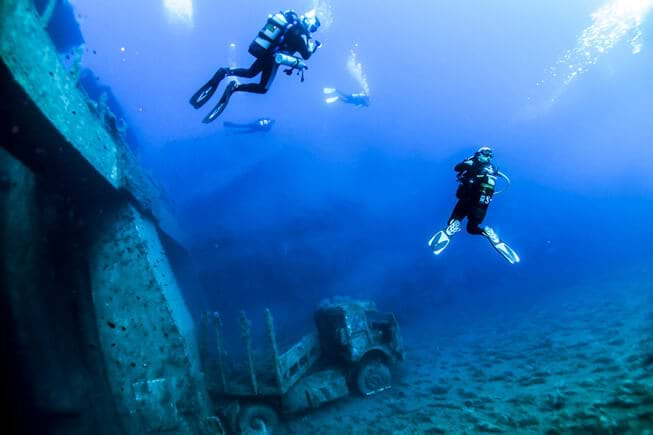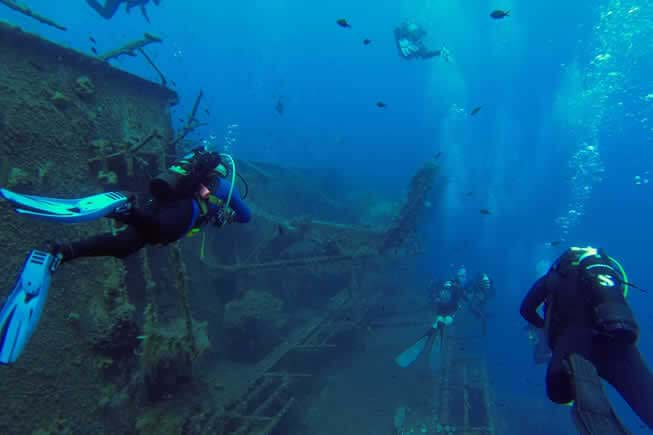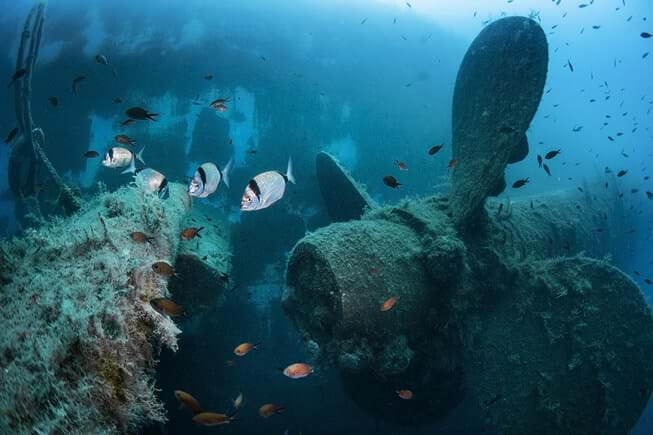In May of 1980, the Swedish ship Zenobia set forth on its maiden voyage from Mälmo to the Syrian port of Tartous. The boat was a roll-on/roll-off ferry carrying over 100 lorries packed with a variety of goods. Though the ship experienced some steering problems near the Greek port of Piraeus, the issue was resolved, and the voyage continued to its next stop, the Cypriot port of Larnaca. There, the ship began to list, so it was brought out of port and anchored about 1.5 kilometres offshore as a precaution. On 7 June 1980, the ship capsized and sank, coming to rest on the seabed at a depth of about 42 metres. There were no casualties in the disaster, though the ship and its cargo (estimated to value about £200 million) were lost. The largest shipwreck in the Mediterranean, it has since become one of the top diving sites in the world. Anassa’s beachfront partner, Latchi Watersports, offers a daytrip to explore it. The package includes transfer to and from Larnaca, boat transfer to the dive site (about ten minutes from shore), two dives on the Zenobia, and a barbecue lunch with water, tea, and coffee on board. The wreck has become an artificial reef, hosting groupers, barracuda, sea bream, damsel fish, triggerfish, and the occasional sea turtle along with underwater vegetation. Depending on your level of diving expertise, you can explore the propellers, bridge, cafeteria, accommodations, and upper car deck. Contact Guest Services to arrange your tour.


